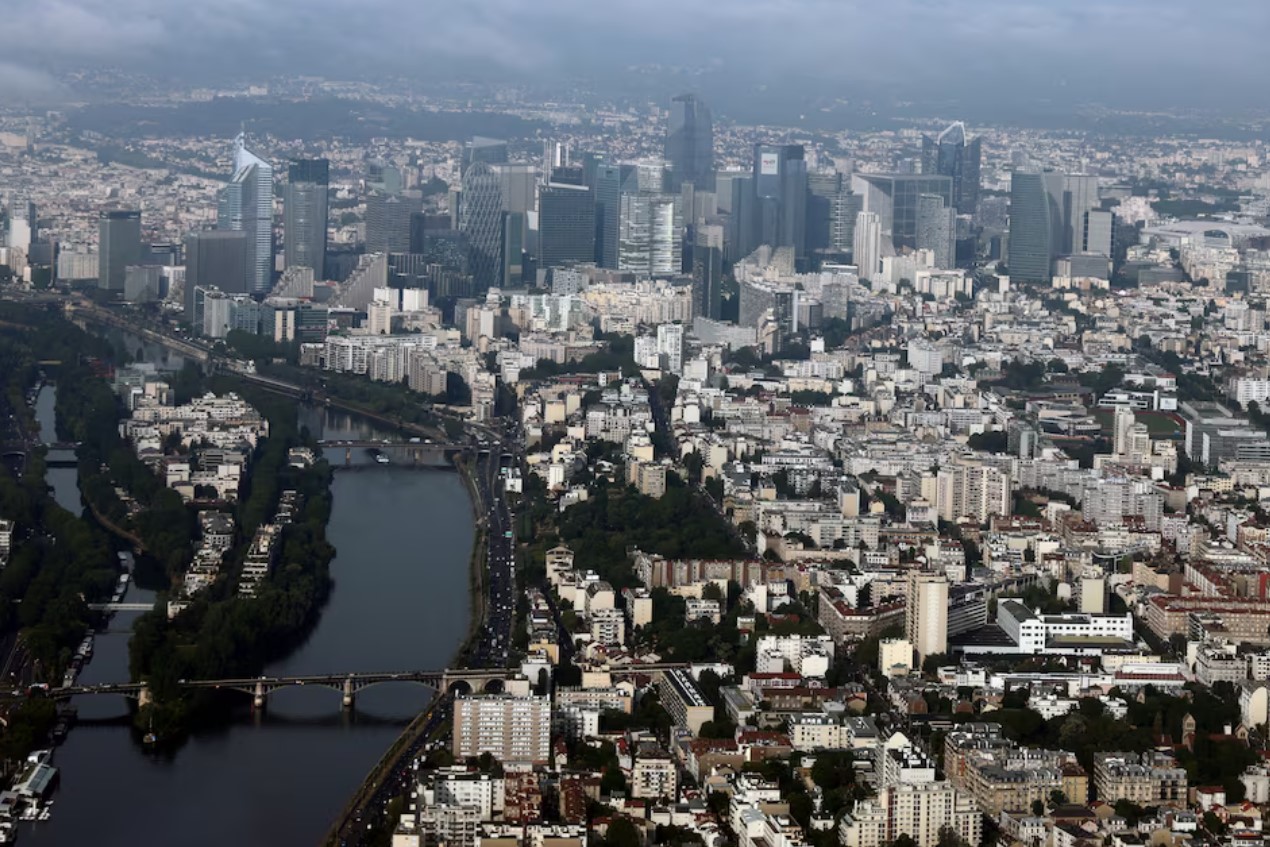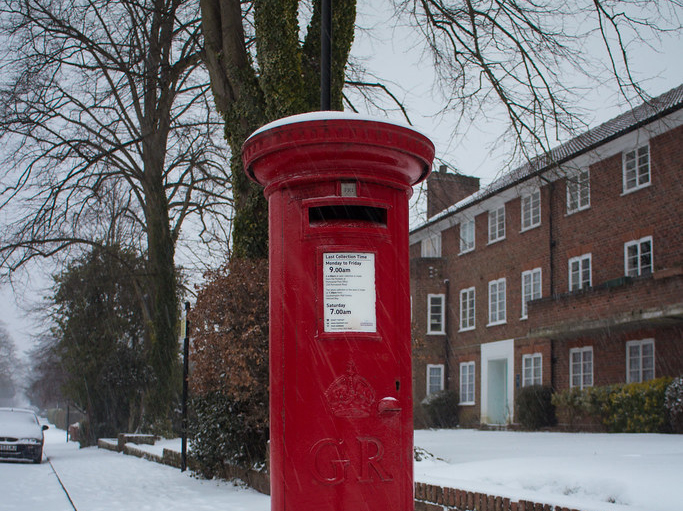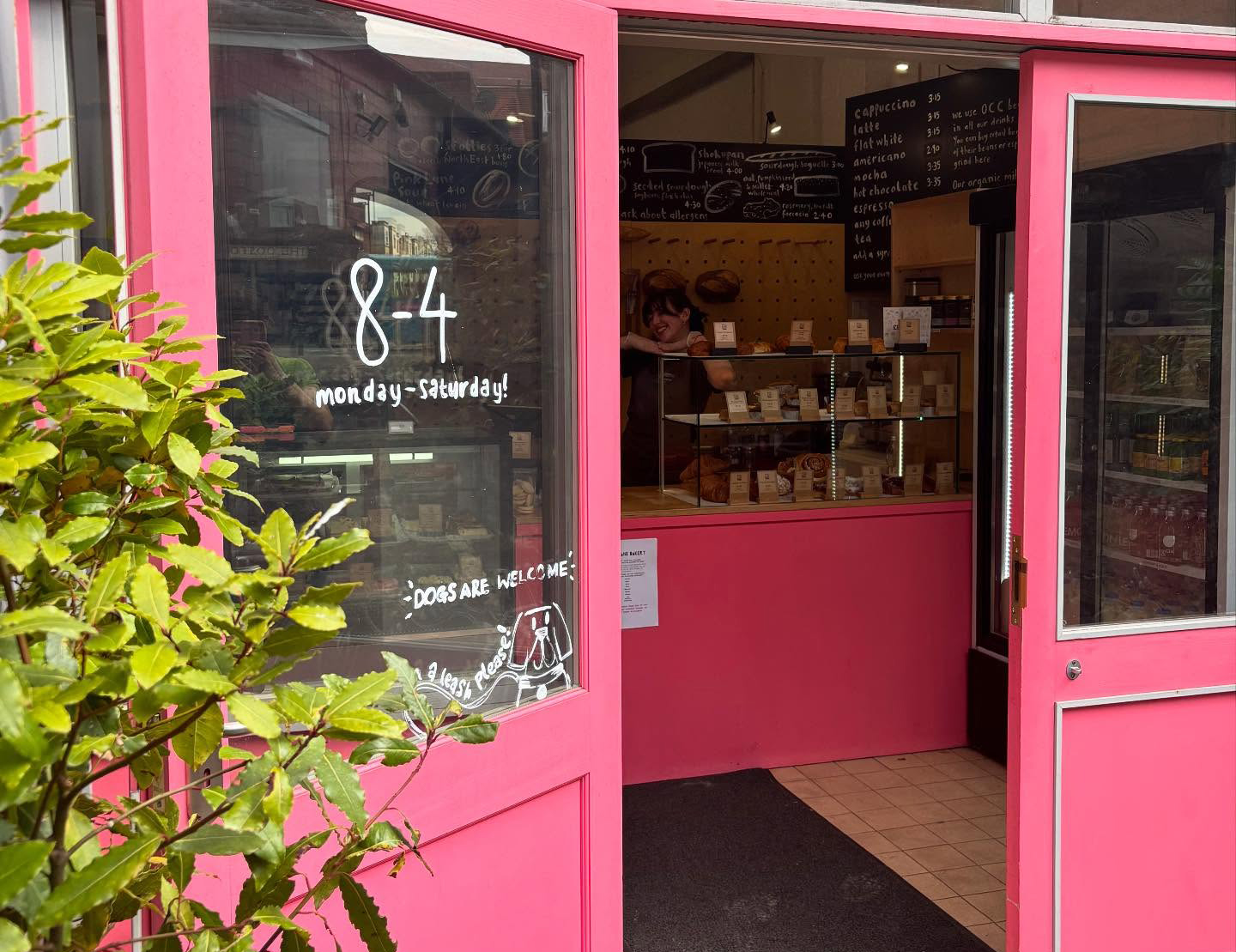Eurozone inflation eased below the European Central Bank’s target last month on surprisingly benign services costs, underpinning expectations for further policy easing even as global trade tensions fuel longer-term price pressures.
Consumer price inflation in the 20 countries sharing the euro slowed to 1.9 per cent in May from 2.2 per cent a month earlier, below expectations for 2.0 per cent on a fall in energy prices and a sharp decline in services inflation.
A more closely watched reading on underlying inflation, or prices excluding volatile fuel and food prices, meanwhile slowed to 2.3 per cent from 2.7 per cent, driven by a slowdown in services price growth to 3.2 per cent from 4.0 per cent, Eurostat, the EU’s statistics agency said.
The ECB has cut interest rates seven times since last June and another move on Thursday is almost fully priced in given muted wage growth, easing energy prices, a strong euro and lukewarm economic growth, factors which all point in the direction of easing inflation.
“Given the clear disinflationary outlook, especially for services, the ECB cutting rates this Thursday seems an easy bet, and more easing should follow later in the year,” Riccardo Marcelli Fabiani at Oxford Economics said.
Price pressures are so weak that some economists even expect inflation to keep sinking below the ECB’s 2 per cent target this year and not rebound until sometime in 2026.
“A strong drop in core inflation in May to 2.3 per cent and headline to 1.9 per cent serves as a clear sign that undershooting the inflation target is still a possibility for the ECB,” ING economist Bert Colijn said.
OPPOSING TRENDS
This raises a dilemma for the ECB because the short and the longer-term outlooks for prices differ greatly since inflation could come under upward pressure from a host of factors further out.
This is why investors think the ECB will pause with rate cuts after easing to 2 per cent in June and only make one more cut this year, possibly in the autumn. However, investors also see a roughly 30 per cent chance of one more cut thereafter, which would then take the deposit rate to 1.5 per cent.
Interest rates are also firmly in ‘neutral’ territory now, where they neither slow economic growth nor stimulate it, an argument for some to take a step back and see how erratic US trade policy will impact growth and prices.
Policy hawks have also warned that inflation could go back up soon, given unusually high geopolitical tensions.
A trade war, increased tariffs, deglobalisation and the realignment of corporate value chains are all expected to increase prices.
In addition, the continued decline of the working age population and investments related to defence and climate change could also raise price pressures.
How these opposing trends will impact ECB policy is unclear for now but the ECB generally looks through short-term price volatility since it targets inflation in the medium term, a loosely defined concept that normally means one to two years out.
Policymakers, however, could be forced to intervene if they think that a dip in prices is also pulling down or ‘de-anchoring’ longer-term expectations.







Click here to change your cookie preferences